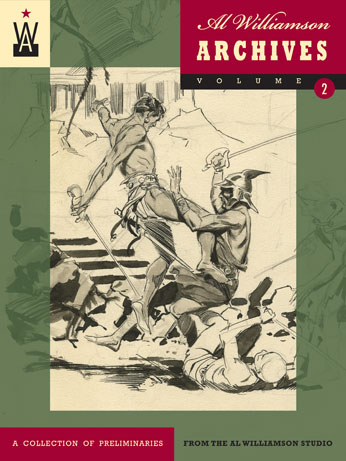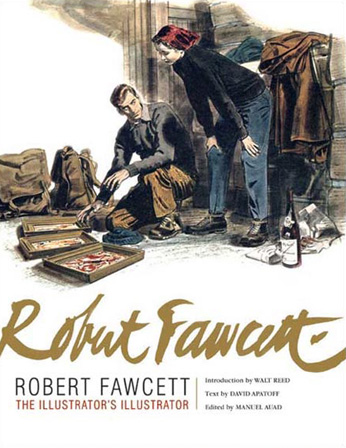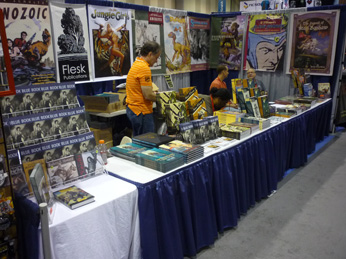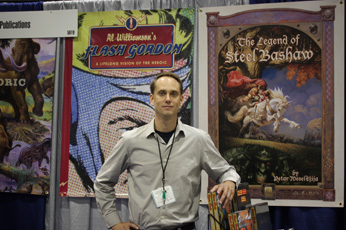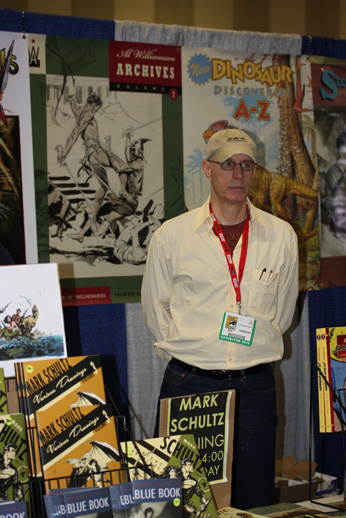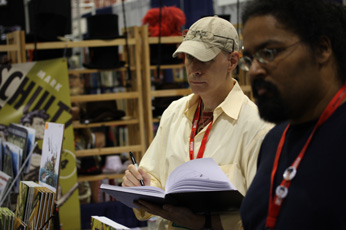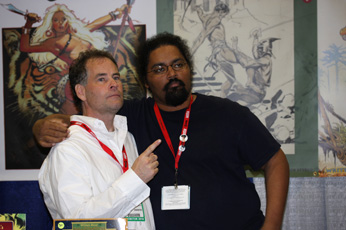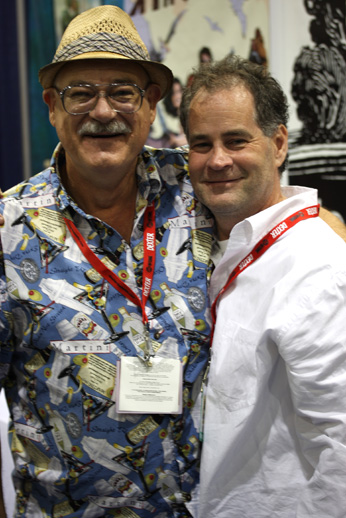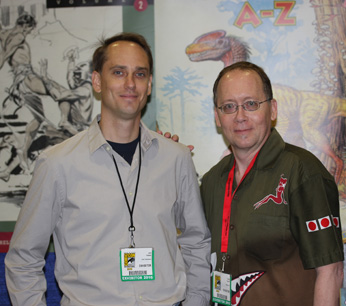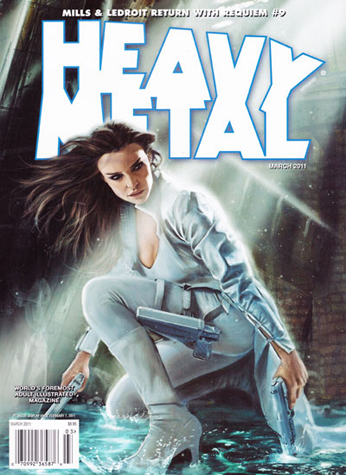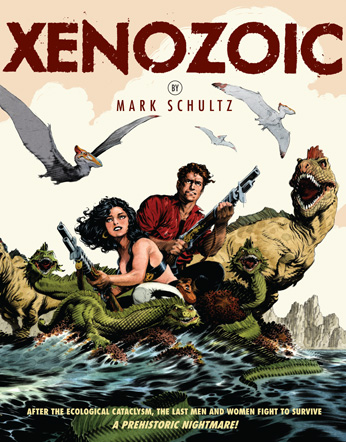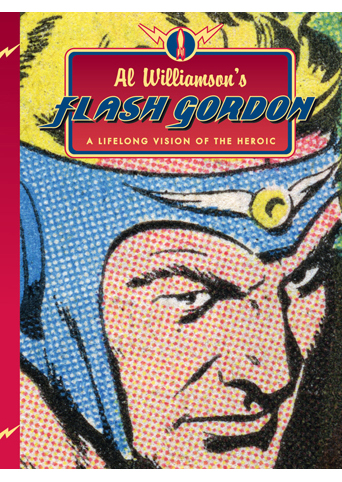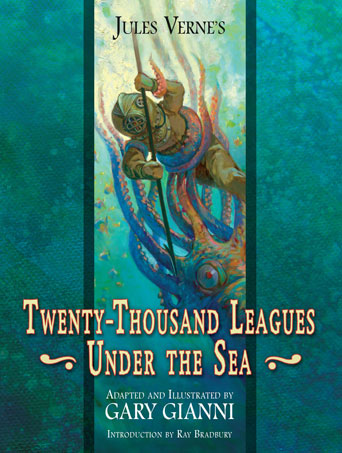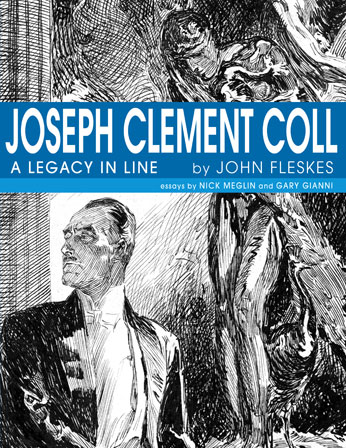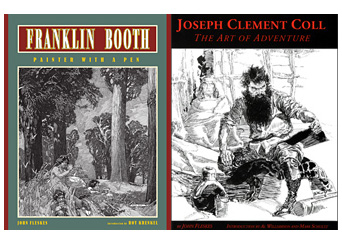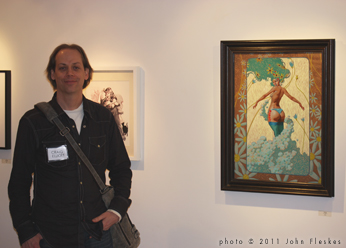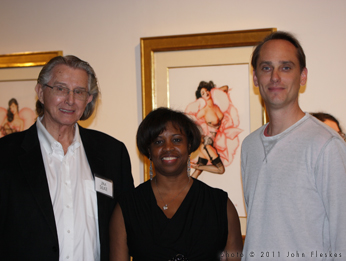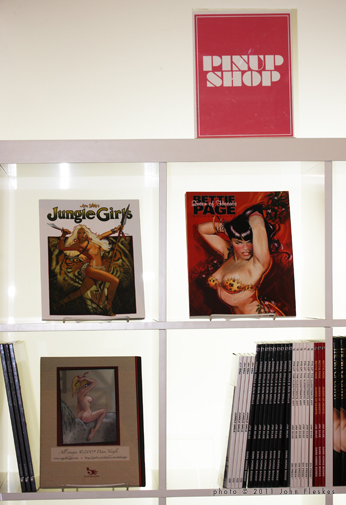I oftentimes (and quite happily) find myself answering questions through email and at events regarding Mark Schultz. Even though I know the answers, there’s nothing like hearing the response direct from the writer and artist himself. I have compiled a list of FAQ’s for Mark in which he was generous with his time in answering. I started off with the most common question regarding his speed of artistic execution.
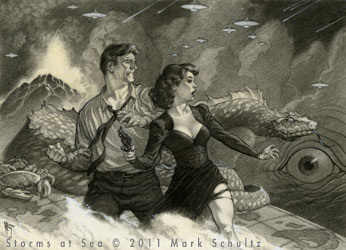
Flesk: You are notorious for being a slow artist. With your current book project, Storms at Sea, the new pieces are being completed with wide gaps in between each other. What is it about the technique you are using for the Storms at Sea art that is taking you longer to finish each piece than your usual method of brush and ink?
Schultz: Ironically and frustratingly, one of the reasons I chose dry carbon medium for this project was my assumption that it would allow me to work more quickly than I do with brush and ink. I mean, what could possibly go wrong? Unfortunately, as it turns out, it has taken me much longer than I’d hoped to become comfortable with carbon pencils. I have a very specific look―an atmospheric effect―I want to achieve and it’s taken much experimentation and trial and error to get close to what I’d hoped for. I’ve already redone a number of pieces for Storms at Sea. The good news is that I’m starting to get what I want on a more consistent basis, so I have expectations that the illustrations remaining will go much more quickly. Famous last words, right?
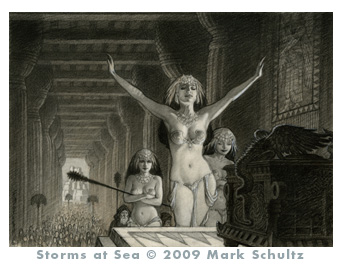
Flesk: What is Storms at Sea about? What is it?
Schultz: I’m not sure I have a strong, concise answer for that. SAS is a mélange―an attempt to evenly convey information through prose and illustrations. The prose end of it is in form a short novella, set in our near future and centering around the discovery, wrapped in a murder, of a secret history of mankind and global power structure. It veers from crime fiction to conspiracy mystery to science fiction cautionary tale. Every other page is a full-page illustration that either adds to the lead character’s narration, or contradicts it. It’s something like that.

Flesk: How many illustrations will be included in Storms at Sea?
Schultz: Let me think―thirty pages of text, so thirty illustrations within the text, plus the cover and frontispiece―so at least thirty-two illustrations. Maybe one or two more.
Flesk: When can we expect to see Storms at Sea?
Schultz: Sigh. When it gets done. I work steadily on it when I’m not working to pay the bills. Believe me, no one wants to see it done more than I do.
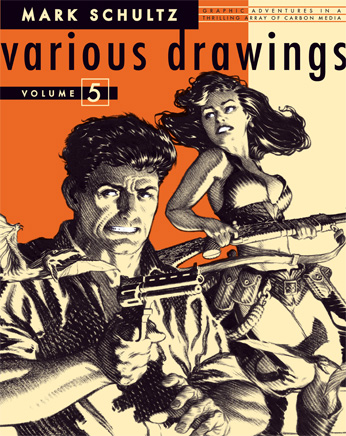
Flesk: Various Drawings Volume Five is coming out this summer 2011. What type of material can we expect to be included?
Schultz: John, you pointed out (on the John Fleskes Blog posting from January 18, 2011) that all the material included was produced within the last two years. This is the first Various Drawings volume that is comprised entirely of very recent work. As usual, it’s a mix of preliminaries and the finished art that results from them. Some work for hire, but mostly commissions and self-generated stuff―more of my Pulpette series and Myth Girls series, for instance.
Flesk: Why insist on only including your most recent work? Why not include some of your older art to fill out the Various Drawings volume to keep it coming out each year?
Schultz: Honestly, what little older work I have left unseen in the archives is not stuff of which I’m particularly fond. Personally, I feel my archives are pretty much picked clean of anything worth looking at. Now, there are collectors out there who have pieces of mine that I parted with before I had scanning abilities and I would be interested in obtaining scans of specific pieces for possible use in future collections. If any Schultz collectors are interested in contacting us and working with our scanning specifications, that would be appreciated. (You can contact us through the Flesk contact page.)
As I mentioned previously, I don’t think any older pieces I have remaining in the archives would help contribute to a strong collection. Maybe in future volumes I’ll occasionally salt in some of the older, finished cover art in its raw state, but right now I’m more excited about introducing new material. It took two years to generate the work that I wanted to see collected in the new volume. It takes time to assemble and produce these books, too, so it’s always about making choices between what projects make the most sense at any given time.
Flesk: You will be teaching at the Savannah College of Art and Design (SCAD) for the Spring 2011 quarter, in the Sequential Arts program. What does this course consist of?
Schultz: I’ll be teaching three courses: a introductory class on materials and techniques, an advanced class on illustration technique and production, focusing on fantasy content, and a senior project class, in which I’ll help those students develop and execute their own concepts and stories.
Flesk: Is this your first time doing a full-length class?
Schultz: No, I’ve actually already taught both the Fantasy Illustration and the Materials and Techniques courses at SCAD. But it’s been a while, so I need to be on my toes.
Flesk: What other projects are you currently working on, including both your art and written projects?
Schultz: Finishing Storms at Sea is a huge priority and then getting on with my next project with you, John: a new Xenozoic story. As we’ve discussed, I’m thinking now that it will be a stand-alone prose story with equal weight given to illustrations. Similar in format to Storms at Sea, but with these illustrations executed in brush and ink, and with a few full-color, painted plates, to boot. That’s the plan at this point in time.
Flesk: On another topic, how can someone purchase your original art?
Schultz: Unfortunately, the only dependable way is to meet up with me on the convention trail. I generally only sell my work at cons. That’s where I meet new customers. Once I’ve established a relationship with someone, its possible to do business from my home, but I’m not equipped to regularly deal with selling and fulfilling orders. Someday I hope to have an internet presence that will allow me to do that, but as things stand now, the time involved in maintaining such a function doesn’t make sense. Wrapping up Storms at Sea is going to remain my priority!
Flesk: Thank you Mark!
If this is your first exposure to Mark Schultz, or would like to learn more about him, visit the links at the end of this interview for books he has done with Flesk and for other interviews and biographical information.
If you have any questions you would like to ask Mark Schultz, or any other artist Flesk Publications works with, I want to know what they are. What would you like to know about Gary Gianni, Petar Meseldžija, William Stout, or Jim Silke? I’ll get you the answer! I’ll compile the questions and answers and make this an ongoing feature on this blog.
Enjoy,
John
John Fleskes
Flesk Publications
Interview and text © 2011 Mark Schultz and John Fleskes
Artwork and Storms at Sea © 2011 Mark Schultz.
